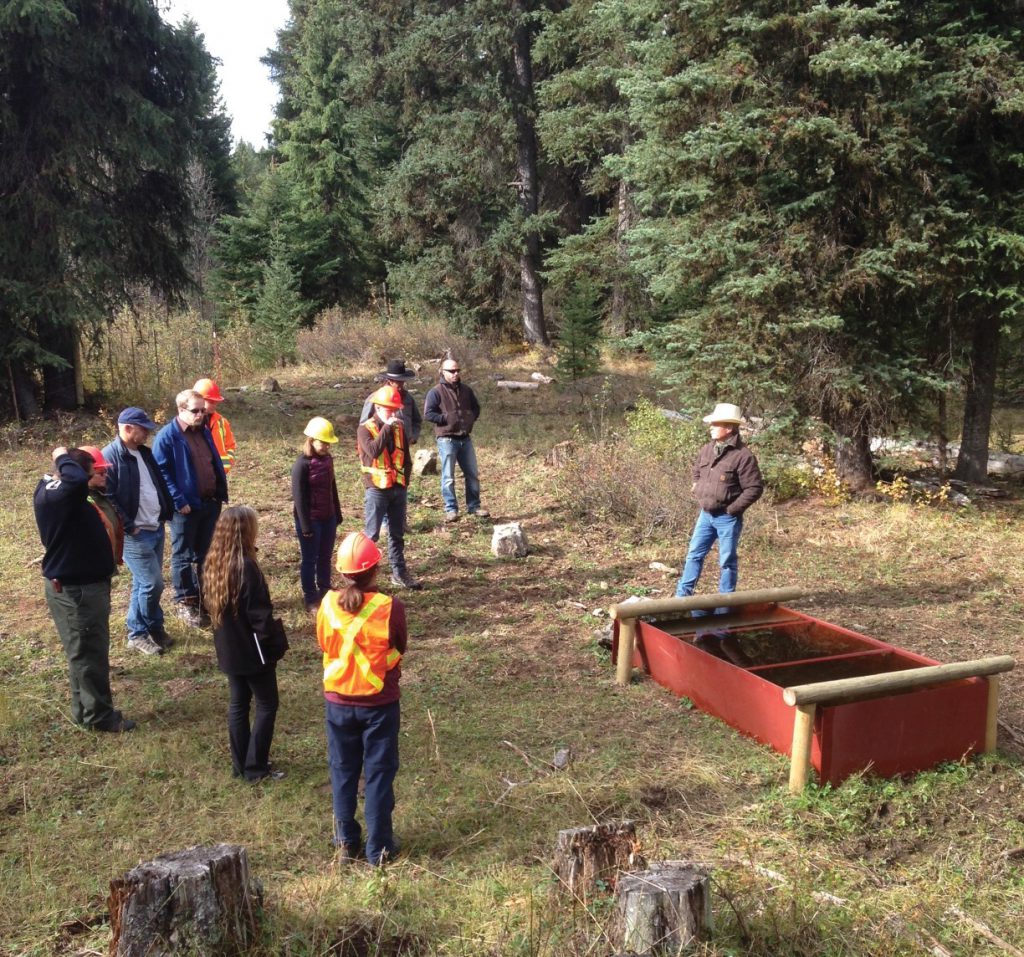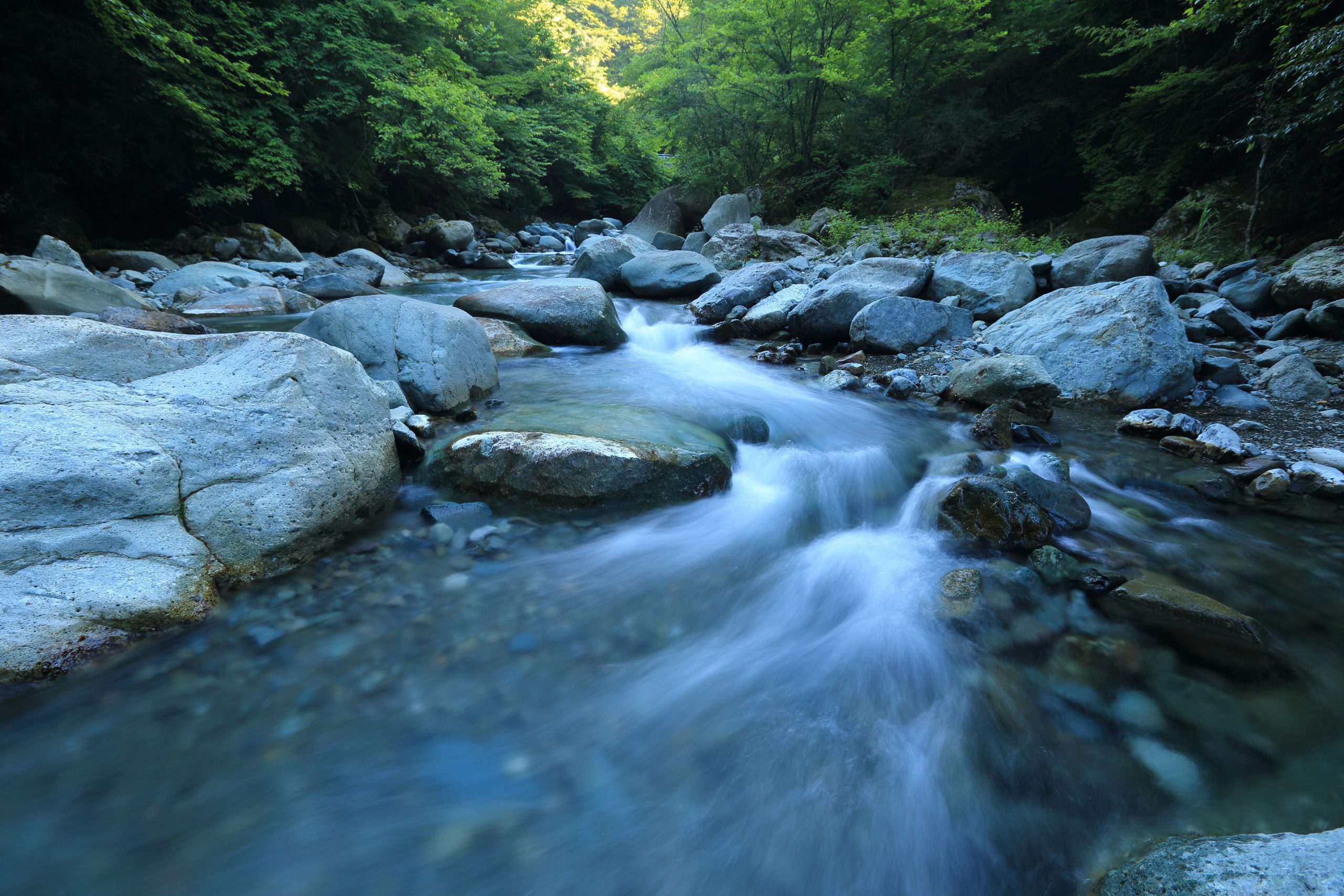Regional District of North Okanagan – Greater Vernon Water Duteau Creek Watershed Assessment Response Plan
Source water for the Regional District of North Okanagan (RDNO) and Greater Vernon Water (GVW) utility faces threats from forest service roads, range use, and public use of its upland watershed. The Duteau Creek Watershed Assessment Response Plan identifies specific action items to address the hazards and risks to the … Read more





